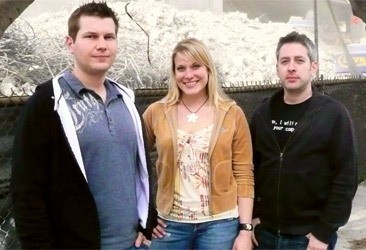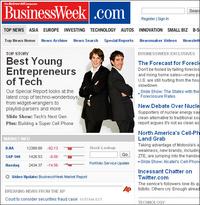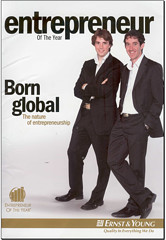(reposted from SVASE)
The traditional model for startups of gaining traction in your home market and then expanding internationally is under extreme pressure. Some VCs say they only look at deals that come to them with well defined global strategies, and it’s no longer unusual for a startup to develop its technology in Israel, Finland or the UK, secure its funding in the U.S. and have its founders to be first generation immigrants from China, Europe or India.
Offshore? Onshore? Nearshore? Noshore?
VCs who once bragged about never driving more than half an hour to visit a portfolio company are jetting to Australia for optical engineers, Israel for security whizzes, India and Kazakhstan for brute software coding, South Korea for online gaming and Japan for graphics chips. And many say a global view is required just to keep pace with foreign firms quick to copy an idea.
• When does having a global strategy become a strategic imperative?
• How can cash strapped startups realistically address global markets without blowing up their limited resources?
• Is offshore product development really effective for a startup? Or is it just an endless wait for S/W that never quite works as you’d like?
• Do you really need to create different products for each international market?
• If you’re planning on operating on 4 continents, where does your management team reside?
• How important are international patents? Are they worth the time & cost?
• How do you gain traction in an unknown geography?
• What added value can the right investor bring to the party?
The Panel:
• Andrew Filev, CEO, Wrike
• Girish Gaitonde, Founder & CEO, Xoriant Corporation
• Faraz Hoodbhoy, Founder, EVP & CTO, PixSense, Inc.
• Peter Rip, General Partner, Crosslink Capital
• Sridhar Vembu, Founder and CEO, Zoho
Moderator: Peter Laanen, International Trade Director, Netherlands Business Support Office
WHEN:
Thursday, November 1
6:00 – 7:00 pm: Networking and hors d’oeuvres
7:00 – 8:15 pm: Panel discussion and Q/A
8:15 – 8:30 pm: Additional networking
LOCATION:
Wilson Sonsini Goodrich & Rosati (WSGR Campus), 950 Page Mill Road, Palo Alto, CA 94304


 Now that Jaiku is part of Google, for many observers the question is
Now that Jaiku is part of Google, for many observers the question is 


 I ‘m reading about two startups this morning and I can’t help but draw a comparison.
I ‘m reading about two startups this morning and I can’t help but draw a comparison.
 The other story is from
The other story is from 




 My first thought was deja vu… I myself reported on Mike and Scott winning the
My first thought was deja vu… I myself reported on Mike and Scott winning the 


Recent Comments